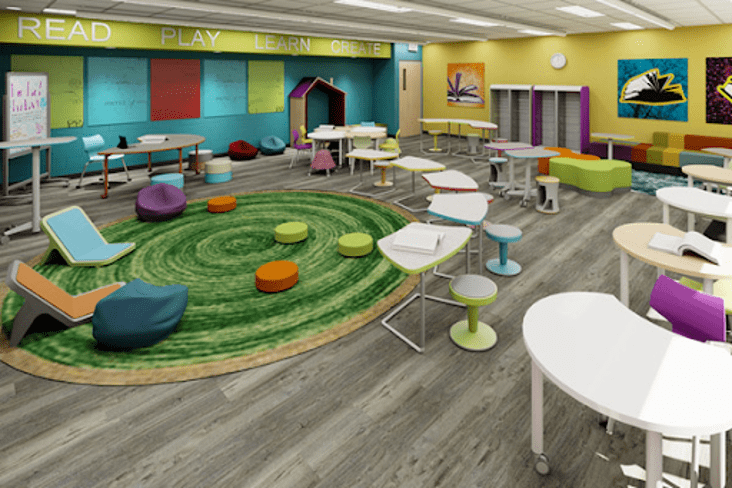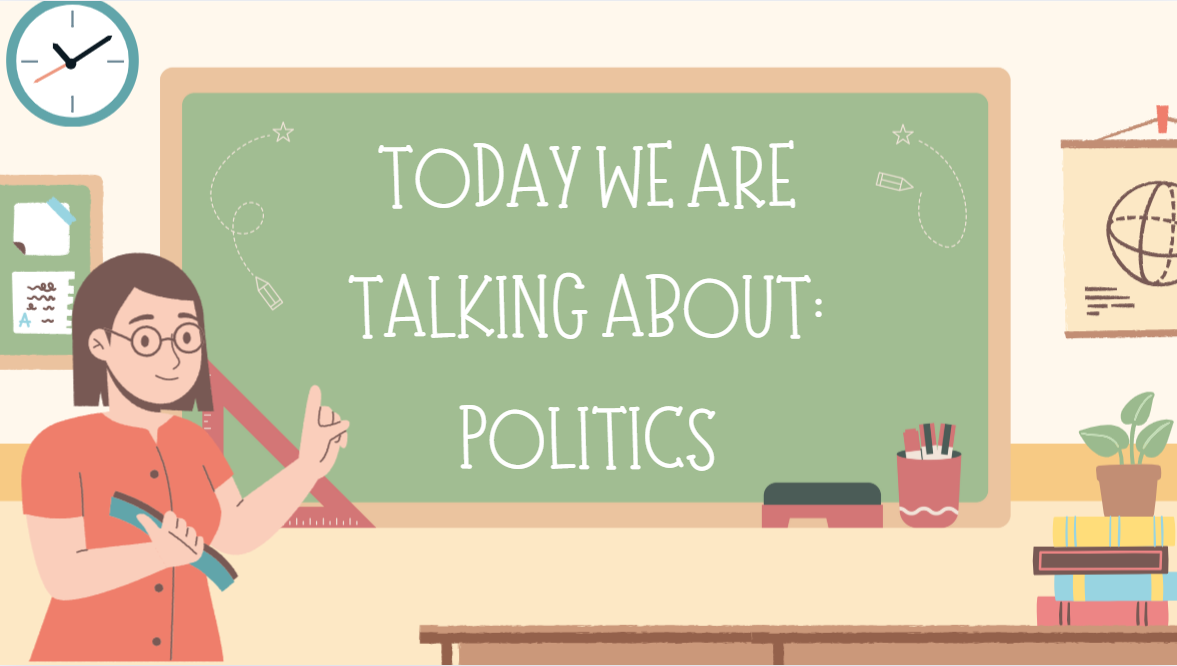Working on a group project, interacting with other students and communicating with classmates across the room– if only there were a way to work together more efficiently and comfortably.
“Flexible seating gives students the option to control their physical environments in which they work best. In other words, with choices, students gain greater flexibility and control of their surroundings giving them the autonomy and comfort to stay engaged and focused,” according to blog.mindresearch.org.
Flexible seating can increase mobility, comfortability and students’ ability to focus in classrooms. Whereas compact desks can cause claustrophobia and don’t provide enough space for students to complete assignments.
“A classroom should be welcoming and inviting. Students spend approximately a third of the day in the classroom. As such, classrooms should be comfortable and conducive to learning. The comfort and arrangement of flexible seating can bring a sense of community and foster collaboration among peers,” according to www.teachhub.com.
Sitting at round tables, connected desks and horseshoe tables creates an interactive environment and opens up classrooms. Traditional desks produce a social barrier between peers and teachers. When trying to work together on an assignment, it’s significantly harder to collaborate and share ideas within each other.
“Most classrooms are not spacious, meaning that you’ll most likely need to do a modified version of this (like stadium seating) or choose a different seating arrangement. Rows are not conducive to cooperative learning or group work, and they can be challenging when it comes to classroom management unless you have a small class,” according to www.differentiateteaching.com.
Traditional desks may be cheaper, but if schools care about education more than money, they will switch to more functional tables. Not to mention, normal desks are extremely smaller and less spacious than open tables. Everything comes down to what is worth spending the money on, cheap desks or spacious tables?
“Child desks commonly measure between 24″-30″ (60-75 cm) in width and 18″-20″ (45-50 cm) in depth. For typical classroom tables, a table for one student generally ranges from 24″-36″ (60-90 cm) in length,” according to www.dimensions.com.
Tables are larger and allow students to spread their belongings out more than having everything in a single pile. This can keep students with ADHD focused by giving them fewer objects to wonder off on. Traditional desks are not functional and restrict students and their full potential.







